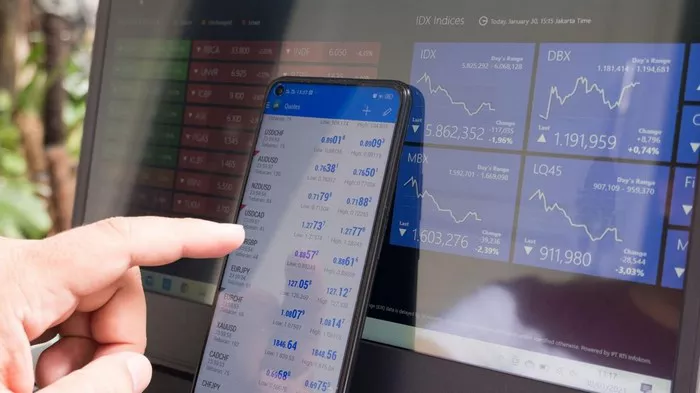Introduction:
Corn futures, as a vital component of agricultural commodities trading, have a rich history deeply intertwined with the development of futures markets in general. Understanding the origins of corn futures provides insight into the evolution of agricultural markets, risk management practices, and the broader economic forces shaping our world today. In this article, we delve into the inception of corn futures, tracing their origins, key milestones, and their significance in contemporary finance and economics.
The Birth of Futures Trading:
To comprehend the beginnings of corn futures, one must first grasp the concept of futures trading itself. Futures markets originated centuries ago as a means for merchants and producers to hedge against price fluctuations in agricultural products. The earliest recorded instances of futures trading can be traced back to ancient Mesopotamia, where farmers and traders engaged in forward contracts to secure prices for their crops.
Evolution of Agricultural Futures:
The formalization of futures trading began to take shape in the 17th century with the establishment of formal commodity exchanges in Europe. These exchanges facilitated standardized contracts for agricultural goods, allowing participants to mitigate the risks associated with price volatility. Over time, these markets expanded to include a wide range of commodities, including grains like corn.
The Emergence of Corn Futures:
While the exact date of the first corn futures contract is difficult to pinpoint, historical records suggest that corn futures began to gain traction in the United States during the 19th century. As agriculture played a central role in the American economy, farmers and merchants sought ways to manage the inherent risks of crop production and distribution. This led to the development of corn futures contracts, which provided a mechanism for price discovery and risk transfer.
Key Milestones in Corn Futures Trading:
The evolution of corn futures can be traced through several key milestones:
Chicago Board of Trade (CBOT) and the Birth of Modern Futures Trading: The Chicago Board of Trade, founded in 1848, played a pivotal role in the development of corn futures. The exchange standardized contract terms and established a centralized marketplace for corn trading, laying the foundation for modern futures markets.
Introduction of Corn Futures Contracts: In the late 19th and early 20th centuries, the CBOT introduced corn futures contracts, enabling market participants to hedge against price fluctuations in corn prices. These contracts provided farmers, grain merchants, and other stakeholders with a valuable tool for managing price risk.
Technological Advances and Market Expansion: The advent of telegraphy and later, electronic trading platforms, transformed the landscape of corn futures trading. These technological innovations facilitated faster communication and improved market access, attracting a broader range of participants to corn futures markets.
Regulatory Developments: Regulatory oversight played a crucial role in shaping the evolution of corn futures trading. The establishment of the Commodity Futures Trading Commission (CFTC) in 1974 brought increased transparency and oversight to futures markets, enhancing market integrity and investor confidence.
The Role of Corn Futures in Contemporary Finance:
Today, corn futures continue to play a vital role in global agricultural markets and broader economic systems. Here are some key aspects of their significance:
Price Discovery: Corn futures markets serve as a barometer for global supply and demand dynamics, providing valuable price signals to market participants. The prices established in corn futures markets influence cash market transactions, impacting farmers, consumers, and food producers worldwide.
Risk Management: Corn futures enable producers, consumers, and investors to hedge against price risk, thereby reducing exposure to adverse price movements. Farmers can lock in prices for their crops before planting, while food manufacturers can secure predictable input costs, enhancing stability and profitability across the supply chain.
Investment and Speculation: In addition to hedging, corn futures attract speculative interest from investors seeking to profit from price fluctuations. While speculation adds liquidity to futures markets, it also introduces volatility and risk, necessitating prudent risk management practices.
Conclusion:
The origins of corn futures can be traced back to the dawn of futures trading itself, reflecting humanity’s age-old quest to manage risk in agricultural markets. From humble beginnings to the sophisticated trading platforms of today, corn futures have evolved alongside advancements in technology, regulation, and market dynamics. As a cornerstone of global agricultural markets, corn futures continue to shape economic outcomes, influence policy decisions, and drive innovation in finance and risk management. Understanding the history and significance of corn futures is essential for anyone seeking to navigate the complex landscape of modern finance and economics.


